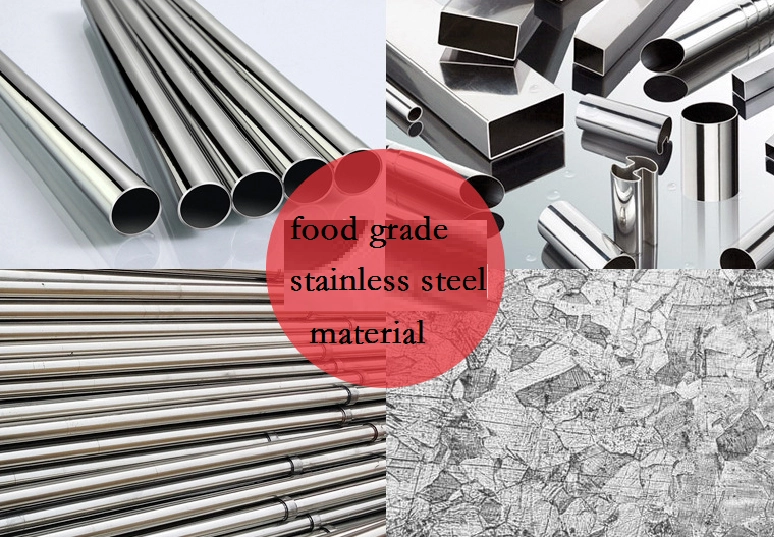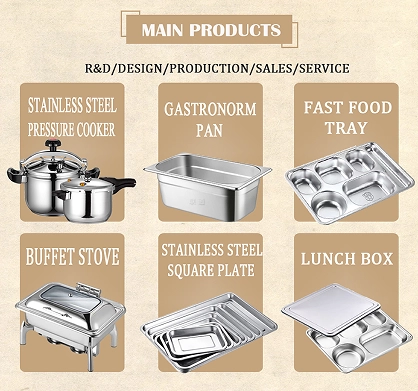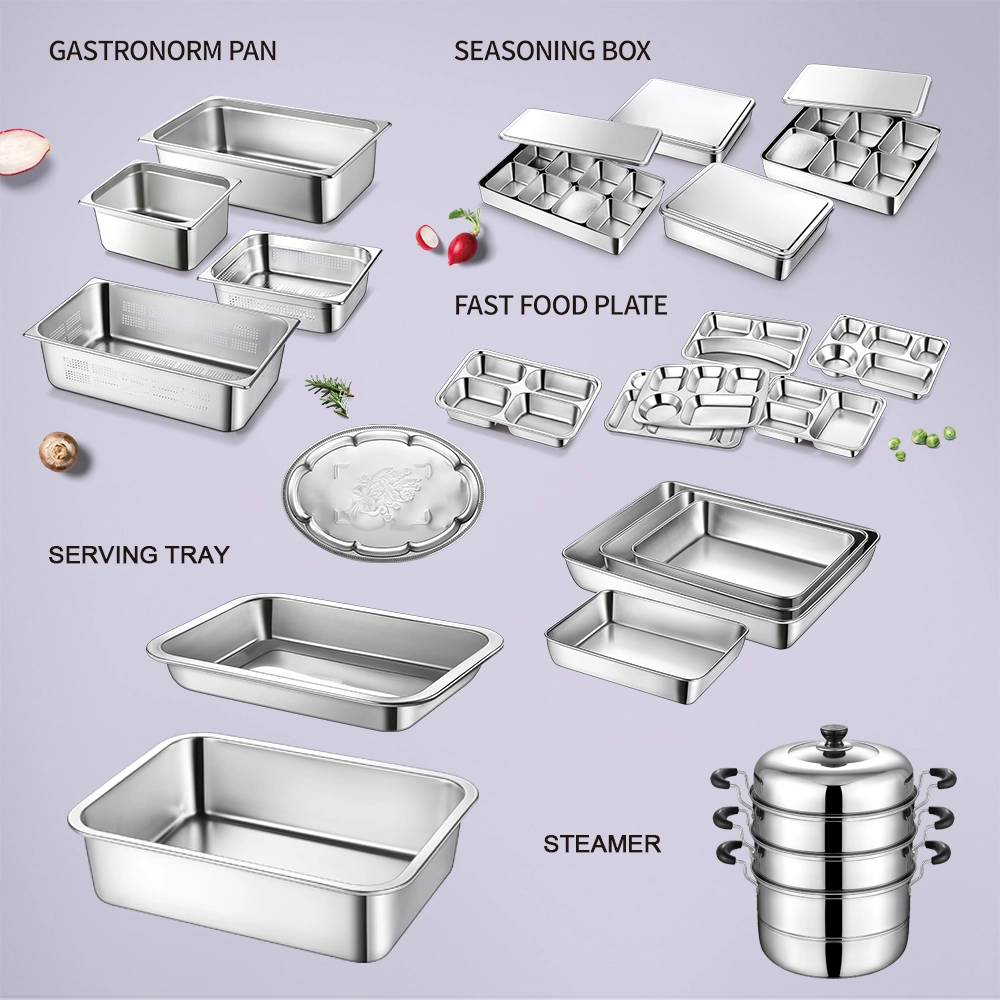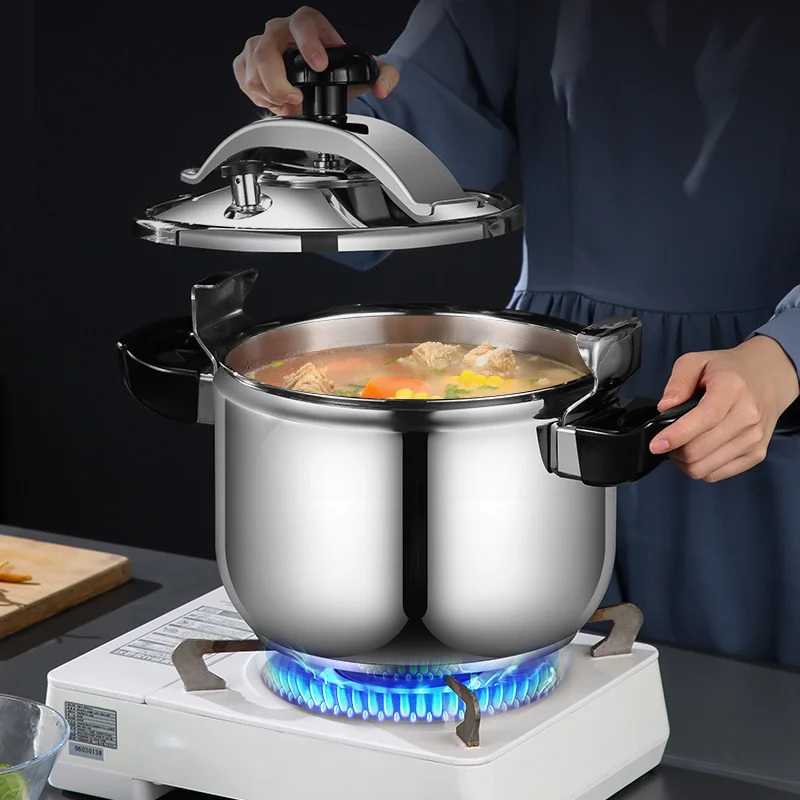
Stainless steel is widely used in various industries, but the type of steel chosen depends on factors like corrosion resistance, cost, and application. Below is a breakdown of three common types: 304, 201, and 430 stainless steel.
304 Stainless Steel
- Composition: 304 is an austenitic stainless steel, containing chromium (18-20%) and nickel (8-10%).
- Key Features:
- Excellent corrosion resistance, even against acids and alkaline solutions.
- High-temperature resistance up to 1200°C.
- Good plasticity, weldability, and processability.
- Applications:
- Food Industry: Cookware, kitchen utensils, and food processing equipment due to its hygiene safety.
- Chemical Equipment: Reactors, containers, and pipelines.
- Architecture: Doors, windows, handrails.
- Other: Aerospace, automotive, electronics.
201 Stainless Steel
- Composition: 201 stainless steel is a low-nickel, high-manganese austenitic steel.
- Key Features:
- Good corrosion resistance, comparable to 1Cr13 stainless steel.
- High strength and good workability for forming complex shapes.
- Less corrosion-resistant than 304 but more affordable.
- Applications:
- Building Materials: Coastal regions and humid environments (e.g., doors, handrails).
- Kitchenware: Pots, washbasins, and tableware.
- Automotive & Machinery: Components like exhaust pipes and structural parts.
- Medical & Chemical: Surgical instruments, sewage treatment, and chemical vessels.
430 Stainless Steel
- Composition: 430 is a ferritic stainless steel with about 17% chromium, no nickel.
- Key Features:
- Good corrosion resistance in non-oxidizing environments.
- Magnetic properties, making it suitable for electromagnetic applications.
- Moderate heat resistance, but not as good as 304.
- Applications:
- Architecture: Building decoration (e.g., wall panels, ceilings).
- Household Appliances: Microwave ovens, pots, and kitchen utensils.
- Automotive: Body parts, exhaust systems.
- Food Industry: Food processing equipment.
- Electronics: Components for electromagnetic shielding.
Comparing 201, 304, and 430 Stainless Steel
| Property | 304 Stainless Steel | 201 Stainless Steel | 430 Stainless Steel |
| Composition | 18-20% Cr, 8-10% Ni | 17-19% Cr, 3.5-5.5% Ni, 7.5-10% Mn | 17% Cr, no Ni |
| Corrosion Resistance | Excellent in acids, alkalis, and most environments | Moderate, better at high temperatures | Good in mild environments, but less than 304 |
| Magnetism | Non-magnetic | Weakly magnetic | Magnetic |
| Strength | High strength and toughness | High strength, good workability | Moderate strength, good for basic applications |
| Heat Resistance | Up to 1200°C | Good for general use | Moderate, not suitable for extreme conditions |
| Applications | Food processing, medical, architecture | Building materials, kitchenware, automotive | Kitchen utensils, household appliances, automotive |
| Price | Higher (due to superior performance) | Lower (more affordable) | Lower (cost-effective option) |
الخاتمة
Choosing the right stainless steel depends on the application, budget, and required performance:
- 304 is ideal for high-demand, long-lasting uses like food processing and medical equipment.
- 201 offers good value for money, suitable for decorative and general-purpose applications.
- 430 is a cost-effective option for appliances and decorative items, but less durable than the others in harsh environments.



